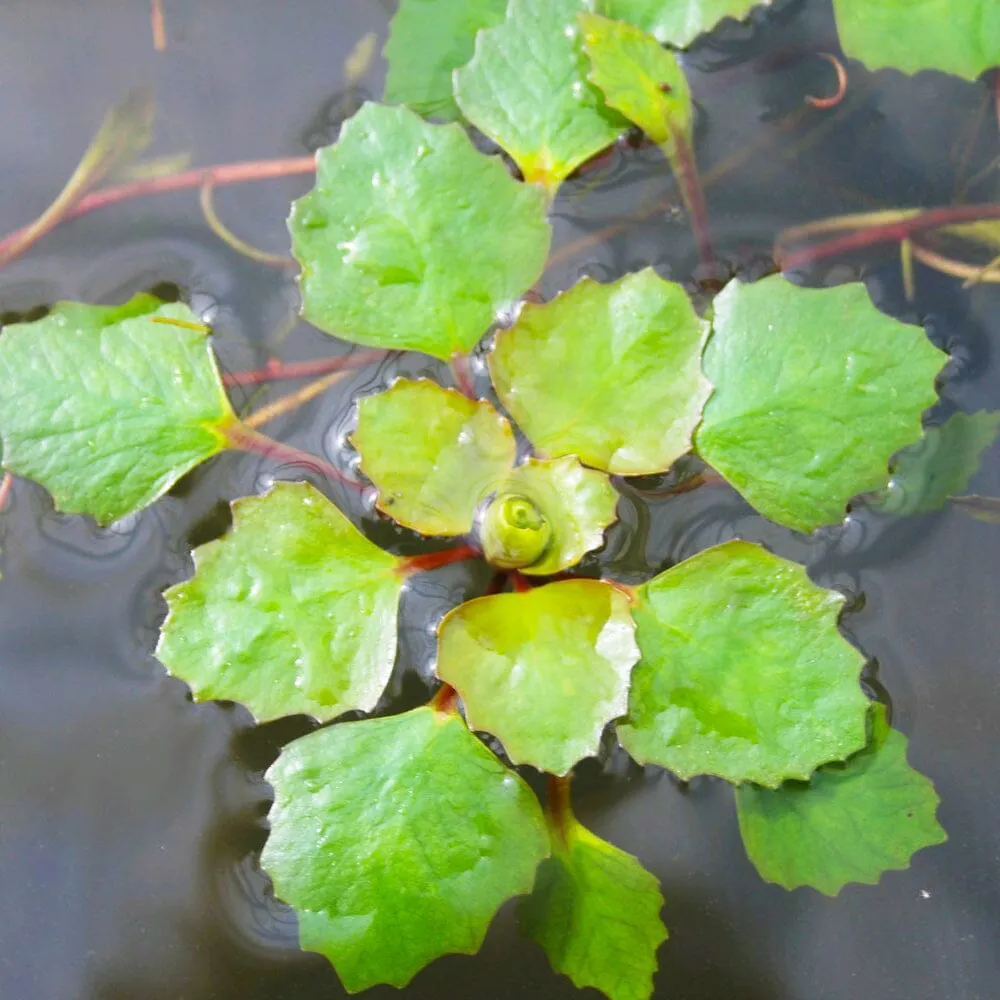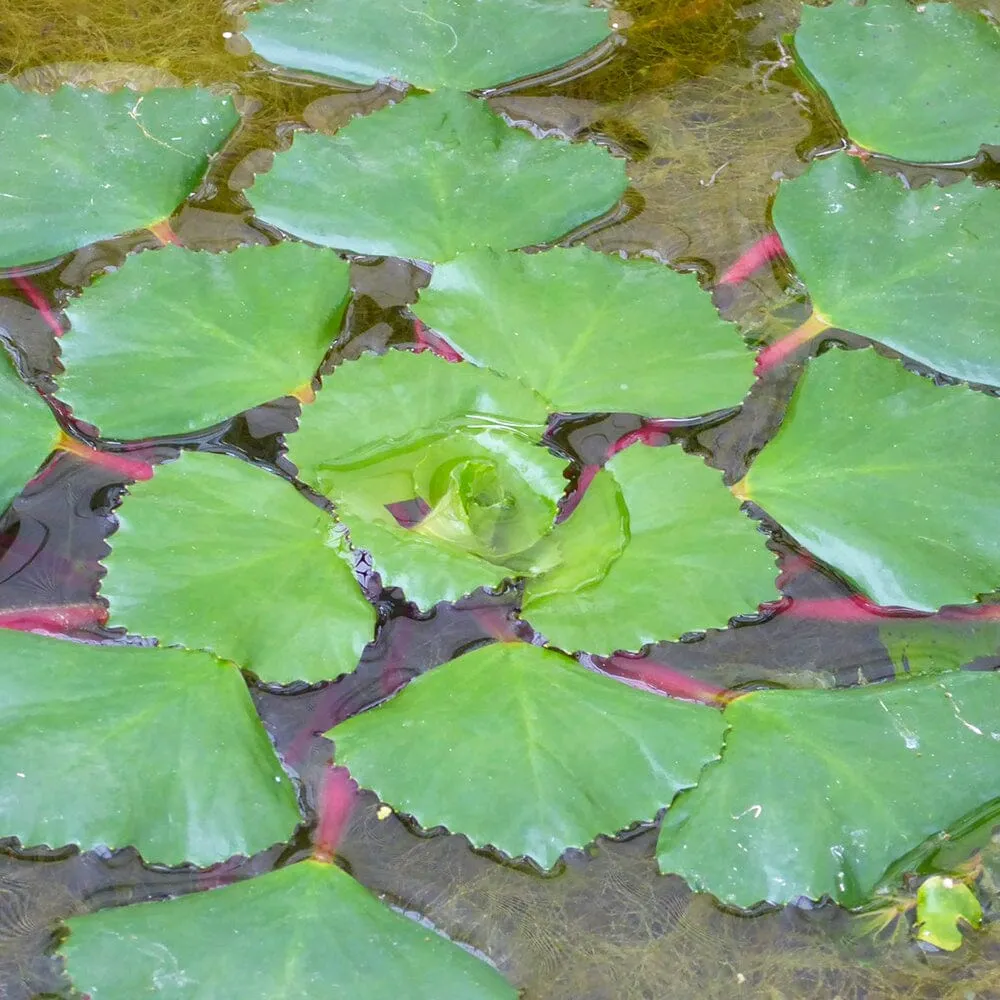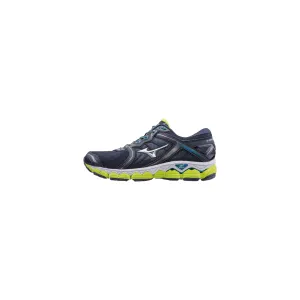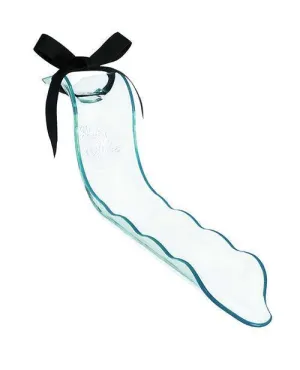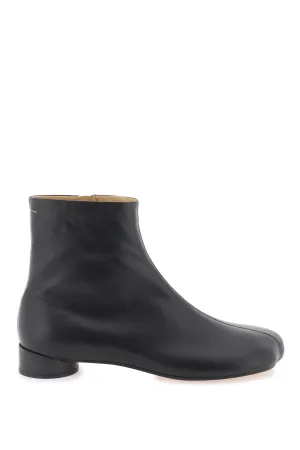Trapa natans, commonly known as Water Chestnut or Water Caltrops, is an aquatic plant species that is native to Europe and Asia. It is known for its distinctive floating rosette of leaves and its edible fruits. Here's a detailed description and care guide for Trapa natans:
Description:
Trapa natans is an aquatic plant that typically grows in shallow, freshwater environments such as ponds, lakes, and slow-moving rivers. It features floating rosettes of leaves that are green and glossy. Each rosette consists of several leaves that radiate from a central stem. The leaves are oval or lance-shaped and have sharply toothed margins. The plant produces small, inconspicuous flowers that emerge above the water surface, eventually developing into fruits known as water chestnuts. The fruits are round, spiky, and contain edible seeds.
Care Guide:
Lighting: Trapa natans thrives in full sun to partial shade. It prefers bright, indirect light. Adequate lighting is crucial for the plant's growth and fruit production. In outdoor ponds or water gardens, ensure that the Water Chestnut receives sufficient sunlight for at least half of the day.
Water: Water Chestnut is an aquatic plant and requires water to survive. It prefers still or slow-moving freshwater environments with a depth of around 1 to 5 feet (30 to 150 cm). The water temperature should be within a range of 60-82°F (15-28°C) for optimal growth. Ensure good water circulation to prevent stagnation and promote oxygenation.
Nutrient Requirements: Trapa natans can obtain nutrients from the water. However, providing a balanced aquatic plant fertilizer or liquid fertilizer specifically formulated for water plants can promote healthy growth and fruit production. Follow the instructions on the packaging for the appropriate dosage and frequency.
Water Quality: Maintain good water quality for the health of Trapa natans and other aquatic organisms. Regularly test the water pH, which should be slightly acidic to neutral (around 6.5-7.5). Avoid excessive levels of ammonia, nitrates, and phosphates, which can negatively impact the plant. Perform regular water changes to maintain optimal water conditions.
Algae Control: Water Chestnut can help control algae growth by shading the water surface and limiting sunlight penetration. However, excessive algae growth can still occur. Regular maintenance, such as removing excess debris and manually removing algae, can help keep the plant healthy and prevent overgrowth.
Harvesting Water Chestnuts: If you intend to harvest the edible fruits of Trapa natans, wait until the fruit spikes turn brown and dry. Gently remove the fruits from the plant and wash them thoroughly. The seeds can be eaten raw, boiled, or roasted and used in various culinary preparations.
Winter Care: Water Chestnut is not frost-tolerant and will not survive freezing temperatures. In colder regions, it is best to harvest the fruits before the onset of winter and remove the plants from the water. If you want to grow them as an annual, start with new seeds or tubers each year.
By following these care guidelines, you can enjoy the unique beauty and potential harvest of Trapa natans in your pond or water garden. Adjust the care routine based on your specific growing conditions and monitor the plant for any signs of pests, diseases, or nutrient deficiencies. Regular maintenance and monitoring will help keep the plant healthy and productive.

 Cart(
Cart(